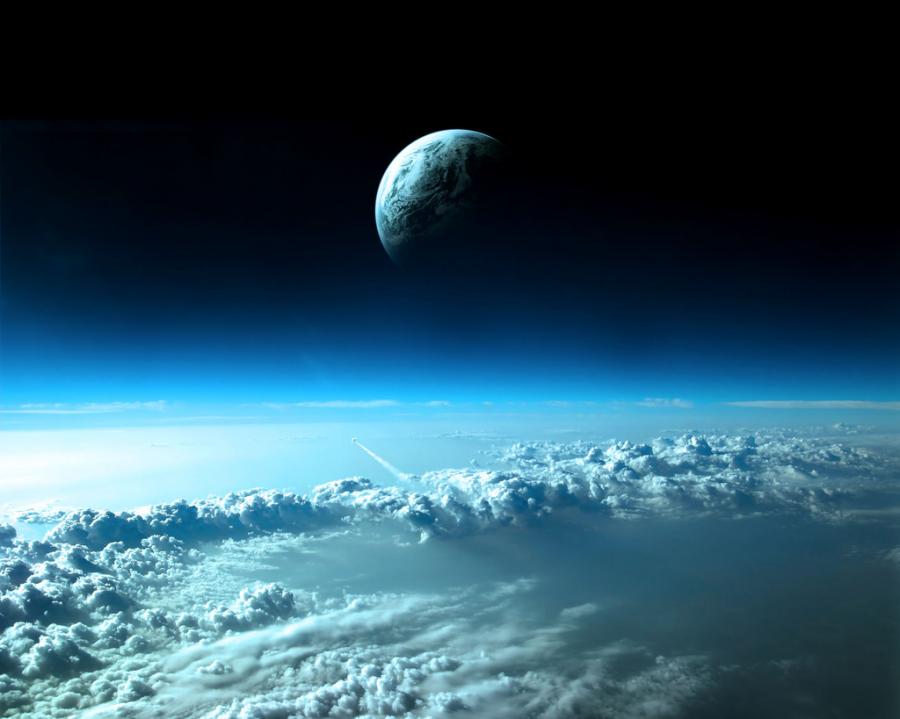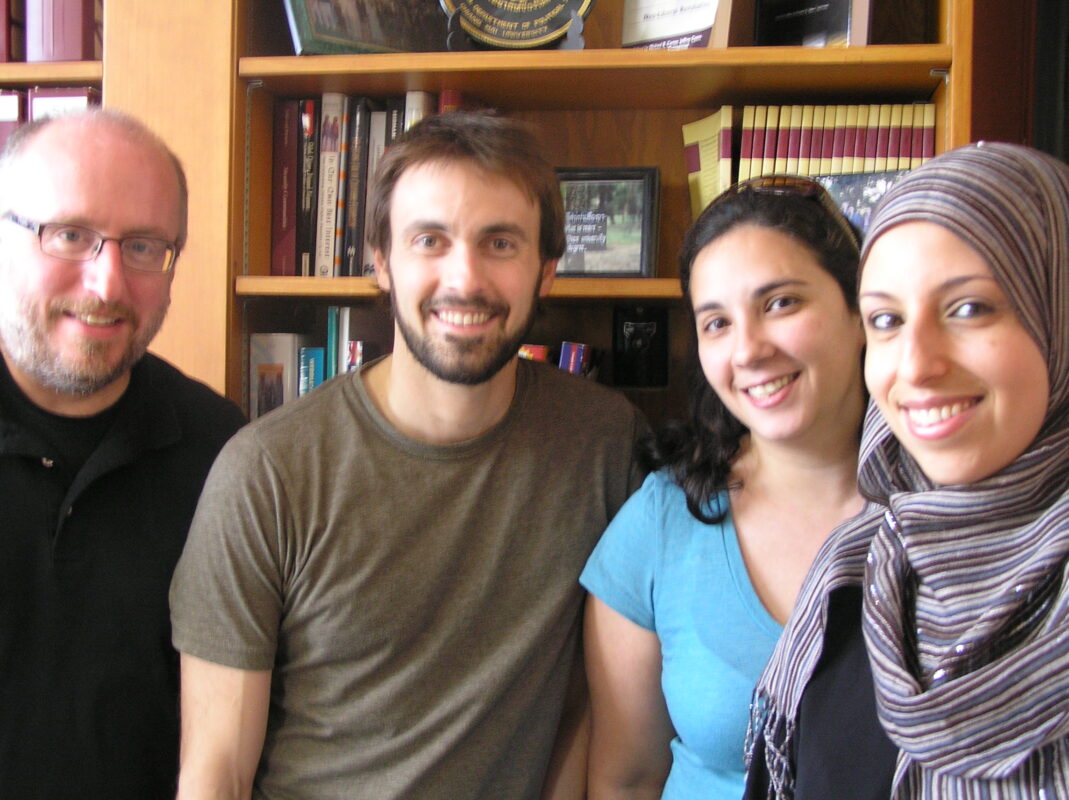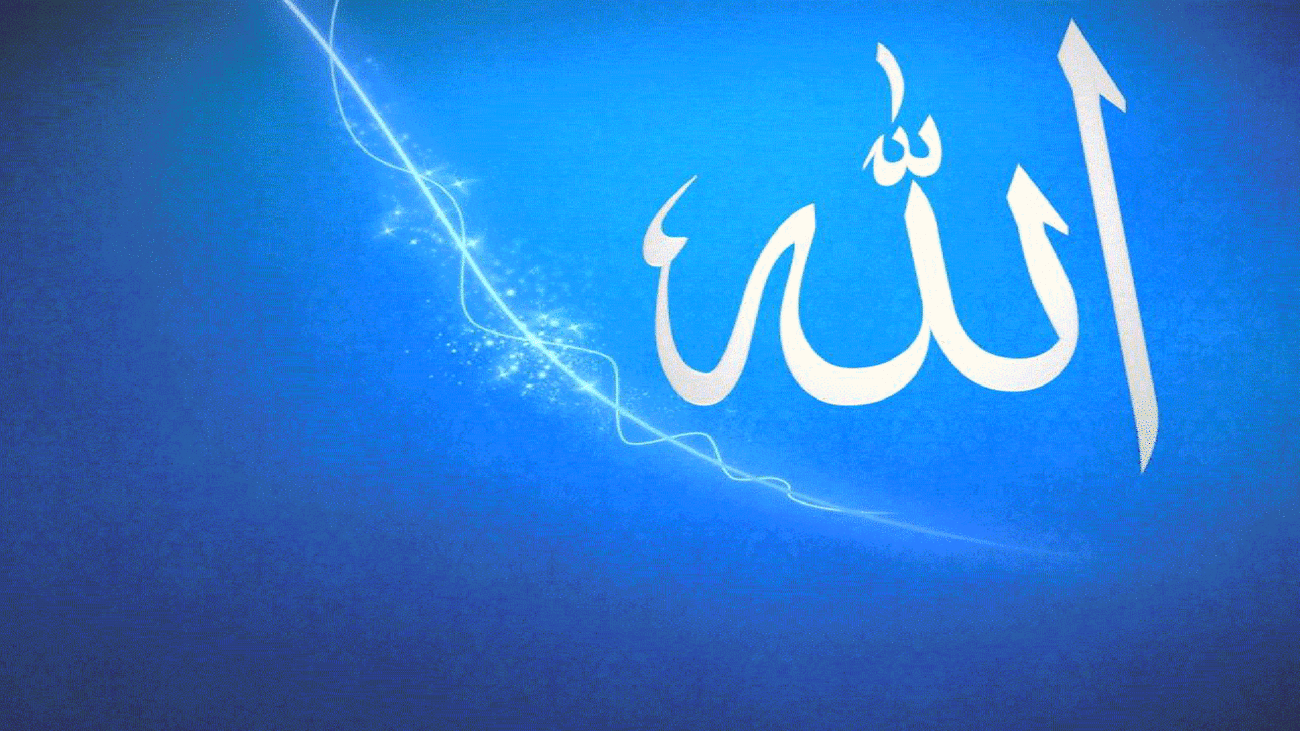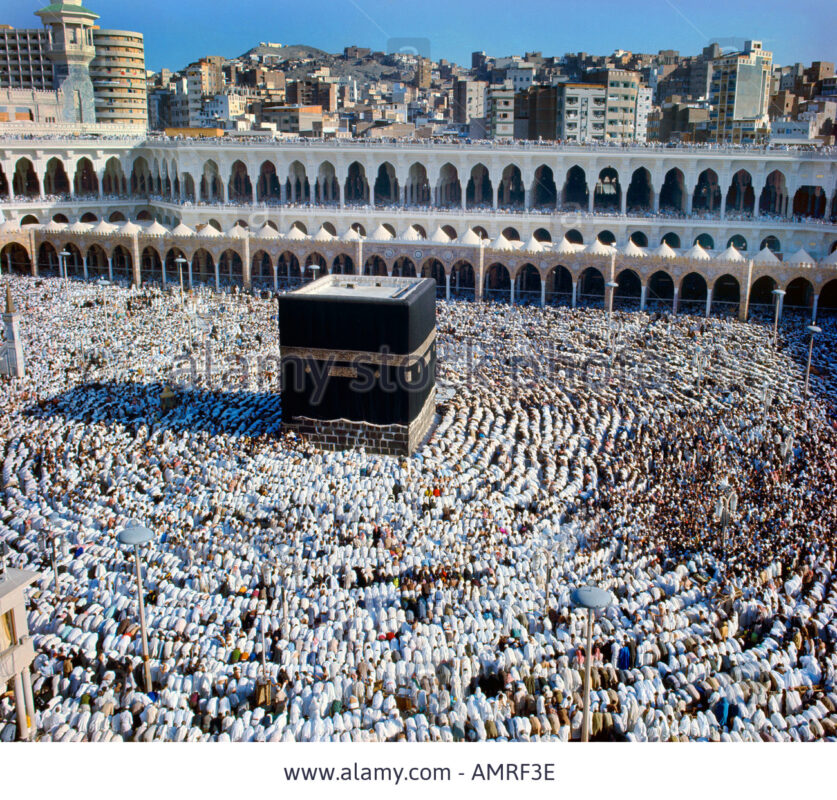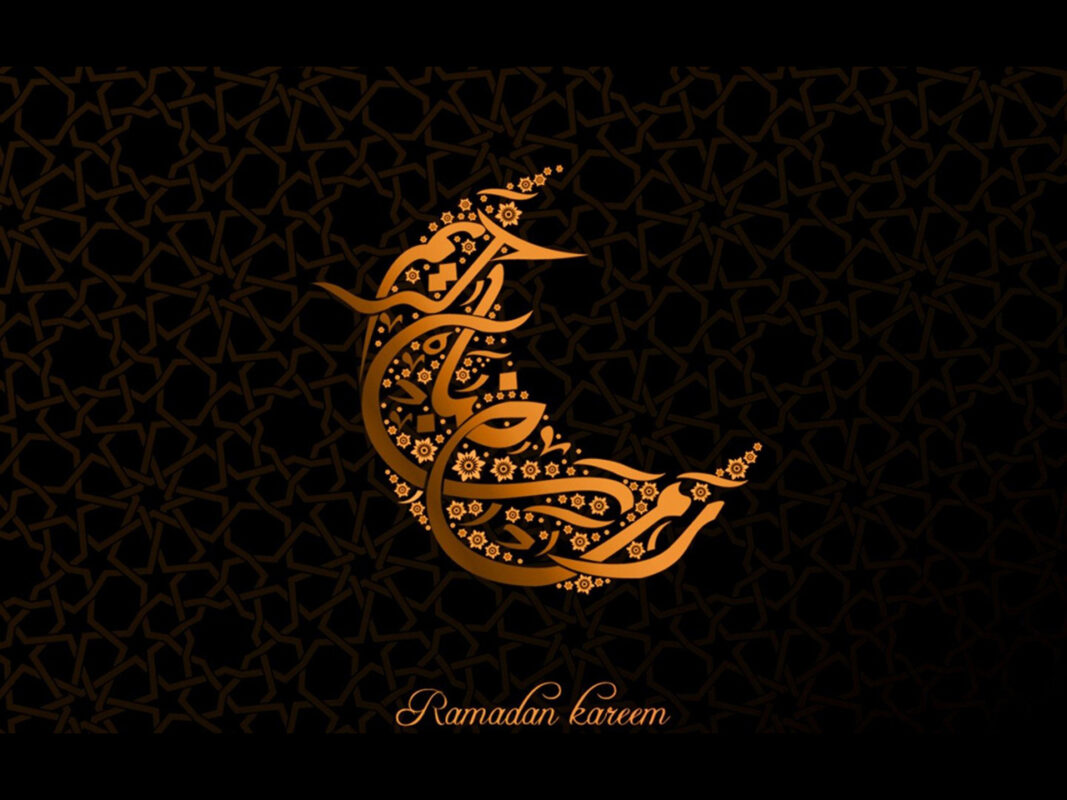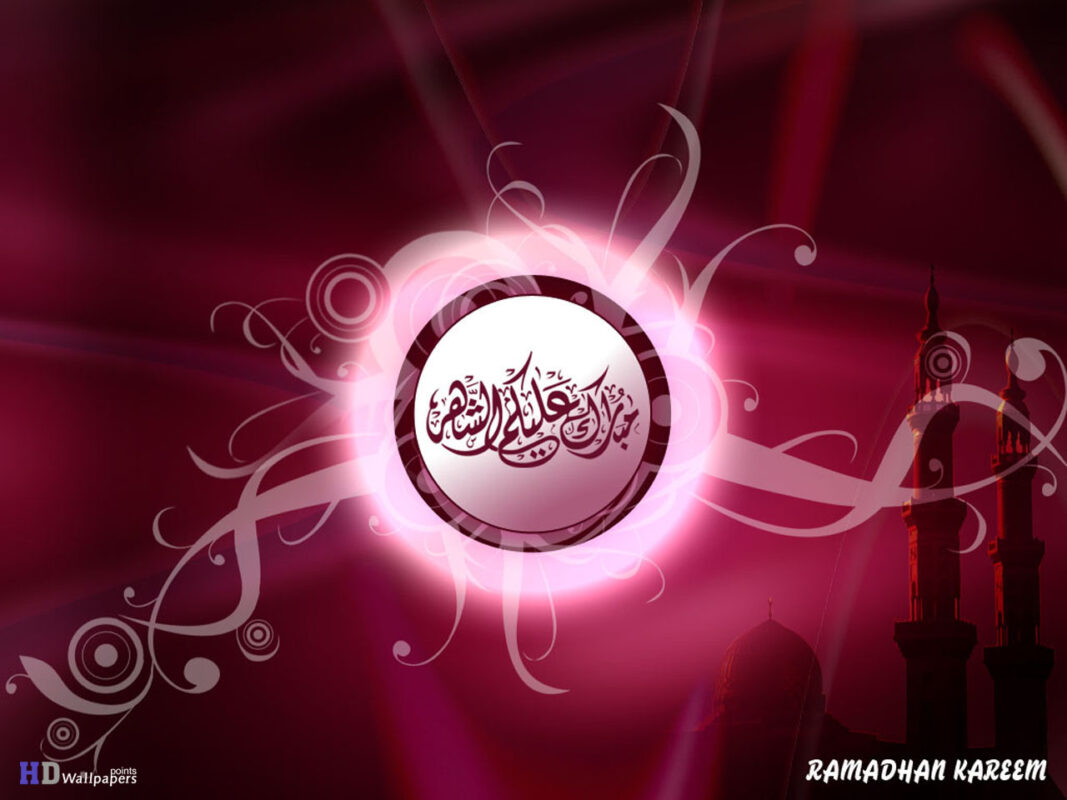“It is He Who sends down water (rain) from the sky, and with it We bring forth vegetation of all kinds, and out of it We bring forth green stalks, from which We bring forth thick clustered grain.” (I)
Surat Al-An’am was revealed in Makkah and is one of the longest chapters in the Qur’an with 165 verses. This surah gets its name from the many references it makes to cattle. One of the main attributes of this surah is that it was revealed to the Prophet Muhammad (PBUH) at one time. It deals mainly with Islamic doctrines and legislation and mentions the stories of some of the prophets and messengers who came before Muhammad (PBUH) and of some previous nations. A number of verses that refer to signs of creation and the divine creative ability of Allah prove that the stories mentioned in this surah are real and bear witness to His Oneness, exclusive of partners, peers, rivals, companions or offspring.
Surat Al-An’am begins with the verse that can be translated as, “All praises and thanks be to Allah, Who (Alone) created the heavens and the earth, and originated the darkness and the light; yet those who disbelieve hold others as equal with their Lord.” This verse means that the disbelievers liken The Creator, Protector, Lord and Sovereign of the heavens, the earth and all that is in them to the creatures they worship or the idols they have created themselves. The surah rejects this disgraceful attitude of the disbelievers and polytheists. It emphasizes the fact that it is Allah (SWT) who created man from earth and determined the moment of death and resurrection for all creatures. Many people, however, deny the resurrection and doubt its inevitability.
Signs of creation in Surat Al-An’am
- Allah created the heavens and the earth in truth and made the darkness and light, with reference to the fact that darkness was first in the universe.
- He created man from clay.
- Reference to creatures who walk in the day and the night.
- Reference to the possibility of classifying animals.
- Anticipation of contemporary technological and scientific advancement and that it will be a test for the disbelievers.
- The comparison between sleep and death and wakening from sleep and the resurrection after death.
- Reference to the central position of Makkah in relation to the heavens and the earth.
- Reference to the fact that it is Allah (SWT) who causes seeds and fruit stones to split and sprout and that He brings forth the living from the dead and the dead from the living.
- Affirmation that it is Allah (SWT) who brings about the new day and that it is He who has appointed the night for resting and the sun and the moon for calculating the time. This is a reference to the precision of their rotation and the possibility of using their rotation to mark time and make calendars.
- Reference to the fact that it is Allah (SWT) who has made the stars to guide us through the darkness of the land and sea.
- Confirmation that Allah (SWT) created mankind from a single person (Adam) and gave him a place of residence and of burial on the Earth.
- Reference to the fact that it is Allah (SWT) who sends down rain from the sky and brings forth vegetation of all kinds, producing stalks and grain.
- Reference to the creation of palm-trees and its spadix, which is the first thing to appear, out of which hang clusters of dates and the creation of gardens full of grapes, olives and pomegranates, each are similar but different in variety and taste. Some of these gardens have espaliers and others do not.
- Confirmation of the reality of creation and that it is Allah (SWT) who created everything.
- Reference to the fact that pressure and oxygen decrease with height, making it difficult to breath.
- Confirmation that there are things unseen to us of which only Allah (SWT) Has knowledge.
Each of these items needs to be addressed individually, thus I shall focus my discussion on the twelfth point above which talks about chlorophyll (the substance that makes plants green) and photosynthesis which is essential for plants to produce seeds. Before addressing this point, I will first mention some interpretations of this verse by classical and contemporary scholars.
Interpretations of the verse by scholars
Botanists have commented on this verse saying that it sheds light on the way plants are created and develop at different stages until they reach complete maturity and contain all the fats, proteins and carbohydrates they require. This is all synthesized in sunlight through the presence of a green substance called chlorophyll, found in all green plants and particularly in their leaves. This is where these compounds are synthesized and then distributed to seeds and fruits. Moreover, the verse affirms that rainwater is the only source of fresh water on earth and solar energy is the source of energy for all living creatures. Plants, however, can only store solar energy through chlorophyll and then pass it on to humans and animals through the organic nutrients they synthesize. Science has revealed an amazing fact that proves the Oneness of the Creator; hemoglobin, which is necessary for respiration in both humans and animals, is similar to chlorophyll. The active sites of both hemoglobin and chlorophyll are a porphin molecule. In hemoglobin, carbon, hydrogen, oxygen and nitrogen atoms of this porphin molecule enclose an iron atom while in chlorophyll it encloses a magnesium atom. Medical research has also proved that once chlorophyll has been metabolized by the human body it is assimilated into its tissues, strengthens them and helps them destroy bacteria, providing protection against diseases. At the end of this verse, Allah (SWT) says what can be translated as, “Look at their fruits when they begin to bear, and the ripeness thereof.” This reference preceded modern botany in relying on the examination of the external form of plant organs in their different stages.
In Safwat al-Tafassir, Allah says what can be translated as, “It is He Who sends down water (rain) from the sky, and with it We bring forth vegetation of all kinds”. Allah (SWT) sends down rain from clouds bringing forth all vegetation, such as fruits, legumes, grass and trees; “and out of it We bring forth green stalks,” meaning that we bring forth a tender green part; “from which We bring forth thick clustered grain,” meaning that we bring forth grains clustered one on top of each other like spikes of barley and wheat. Ibn Abbas said: “It means wheat, barley, corn and rice”.
The scientific implications of the verse
“It is He Who sends down water (rain) from the sky,”
The process of precipitation involves the wind blowing and passing by water sources filled with water vapor. Clouds are formed due to the elevation of this wind that reaches the upper parts of the sky where weather variations occur. These clouds are enriched through the water cycle around the earth with water vapor resulting from volcano eruptions, vaporization of water by sunrays, plant transpiration, human and animal excretion and breathing. The ascension of water vapor helps it to condense because of the drop in pressure and temperature. Rain clouds are then formed, by the will of Allah, as the size of the water drops becomes greater and the vapor becomes more condensed and falls as rain, hail, or snow.
By the will of Allah, wind plays a very important role in this process. The levels of moisture, temperature and wind speed and the size of the condensation nucleus (dust and salts particles, tiny snow crystals, etc.) determine the degree of its importance, until it reaches saturation at a certain temperature degree and atmospheric pressure. Air, at that point, cannot hold any more vapors so it falls as rain in the amount and at the location determined by Allah (SWT) in His Knowledge and Wisdom. Prophet Muhammad (PBUH) said: “No one knows when it will rain but Allah. “ (Fateh A- Bari)
“And with it We bring forth vegetation of all kinds,”
Allah (SWT) has willed that once ripe, seeds are transported away from the mother plant in order to disperse horizontally for the better distribution of plants and to prevent competition for their vital sources of soil, water and sun light. This dispersion is achieved either by the fruits bursting or by the seeds being transported by the air, water or animals who eat fruit, move to a different place and then release the seeds in their excrement or store them in zones where they can germinate properly. Seeds can also move hanging on to an animal’s fur. Allah (SWT) has provided seeds with wings, borders or the ability to float, enabling them to scatter widely across the surface of the ground. When Allah (SWT) sends down rain, water reaches these buried seeds and they start to germinate. They absorb water and swell, causing the seed’s coat to rip apart allowing a radicle and a plumule to grow out. The radicle goes down through the soil to fasten itself and the plumule moves up to the surface. The first leaves to appear on the stalk are called cotyledons; they are more transparent than the real ones. This small plant is called a seedling and is nourished by the nutrients stored in the seeds until the real leaves grow. These plants have been given the ability to produce food for the growing plants through photosynthesis until they flower and become ready to produce fruits and seeds. We now know of more than a quarter of a million flowering plants (angiosperms) as well as of a large number of non-flowering ones.
“And out of it We bring forth green stalks”
As soon as the leaves appear on the growing plants (seedling), Allah provides them with a green pigment called chlorophyll. Chlorophyll has the ability to absorb a certain amount of solar energy and convert it into chemical energy. It uses this chemical energy to make carbohydrates out of the water absorbed by the roots and carbon dioxide, which plants absorb from air, producing oxygen in return. As for aquatic plants, especially those completely submerged under water, they get carbon dioxide from the portion dissolved in water. This later reaches very tiny organelles called chloroplasts which are either dissolved or are part of bicarbonate salts. This last process is also called carbon fixation because of the importance of carbon in forming carbohydrates.
There are eight types of chlorophyll and it is very similar to hemoglobin insofar as its chemical structure is concerned; it has a magnesium atom whereas an iron atom is found in hemoglobin.
Chloroplasts are found in long vertical cells adjacent to the leaf wall. Allah (SWT) gave them the ability to move freely inside the cell in order to absorb as much light as possible. Plants absorb carbon dioxide from air through their leaves and water with the sap from the soil through its roots by capillarity rise to reach the top of the plant. Chlorophyll collects energy from sunrays and uses it to dissociate water, releasing oxygen which is released into the air through the stomata in the leaves and hydrogen which combined with carbon dioxide to make sugars, starches and other carbohydrates. This process, in which the chlorophyll plays a major role, takes place over many stages. Enzymes participate in this process to complete it. Most of the carbohydrates formed by photosynthesis are used as nutrients by the plants in order to provide the energy they need to grow. The excess carbohydrates are stored inside cells and are used later to make fruit, grain and seeds. Plants get the energy they need from their food in a reverse process to photosynthesis, called respiration. In this process, carbohydrates and oxygen combine to release energy out and carbon dioxide fuses with water as follows:
- Photosynthesis.
- Carbon dioxide + water + energy.
- Carbohydrate + oxygen.
- Respiration.
Depending to the abundance or shortage of light, one of the processes takes place at the expense of the other; when there is a lot of light, photosynthesis speeds up and produces more carbohydrates and oxygen than is consumed during respiration. However, when it is completely dark, respiration speeds up and consumes carbohydrates to release energy as well as carbon dioxide and water. At dawn and dusk, the two processes reach equilibrium; photosynthesis produces enough carbohydrates and oxygen for respiration while the latter produces the energy, carbon dioxide and water needed for photosynthesis.
“From which We bring forth thick clustered grain.”
Seeds in angiosperms are produced as a result of fertilization. A seed contains the embryo of a new plant and a reserve of food that is sufficient for it until it is able to produce its own food. These seeds can be the fruit of the plant or can be enclosed within a fruit, which in either case can then be dispersed to produce new plants or collected by people and animals. Seeds are generally protected by a seed coat that contains a hilum, which indicates the place of attachment of the ovules to the wall of the ovary. We can also see a small pore, the micropyle, which marks the entry site of the pollen tube during fertilisation and is where water passes through to the embryo. This later is made up of the epicotyl (future shoot system), hypcotyl, and the radicle (embryonic root).
Caryopsis are the fruit of all cereals such as wheat, barley, oat, corn, rice and other monocotyledon belonging to the gramineae family which consist of approximately 7000 species. Such plants are very successful in that they cover a larger area than any other plants. They are also the major food source for both humans and herbivores.
These grains consist mainly of carbohydrates that are synthesised as a result of chlorophyll-mediated photosynthesis inside chloroplasts (which give plants its green colour). One is amazed by this verse revealed 1400 years ago, stating what can be translated as, “It is He Who sends down water (rain) from the sky, and with it We bring forth vegetation of all kinds, and out of it We bring forth green stalks, from which We bring forth thick clustered grain.”
This verse links germination and precipitation (of water) as well as the vitality of angiosperms (flowering plants, which most plants are) and their ability to produce their own food via chlorophyll-mediated photosynthesis in their green stalks. The verse goes further in linking grains and the properties of green (chlorophyll rich) plant parts. This is very accurate as the excess carbohydrates produced in the green parts of plants by photosynthesis are stored in the grain. Through research and acquired knowledge, mankind has only learned these facts in the twentieth century! Their mention in the Qur’an in such a thorough and precise manner fourteen centuries ago is confirmation of the fact that the Qur’an is Allah’s word revealed to the last of His prophets and messengers and is preserved in the language in which it was revealed in (Arabic).
Praise be to Allah (SWT) who revealed the Noble Qur’an, and peace and blessings upon the Prophet who received it and transmitted it with complete honesty and devotion. May Allah (SWT) grant him the best rewards and award him Al Wassilah (a rank in paradise) and Al Fadilah and the sublime, high ranks He had promised him, for Allah (SWT) never breaks His promise.
(I) (Surat Al-An’am – The Cattle: 99)
Source: Dr. Zaghloul El-Naggar [External/non-QP]

